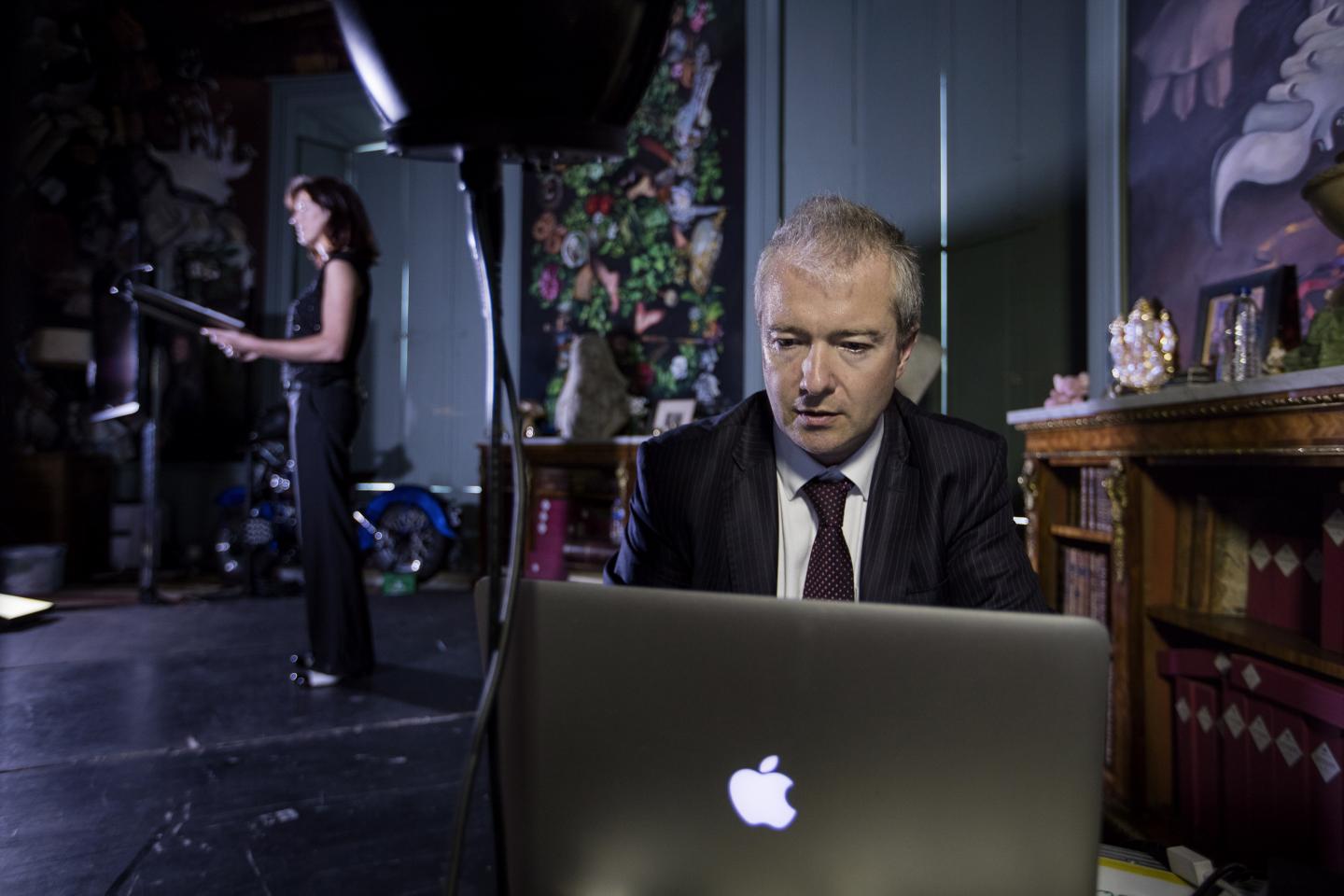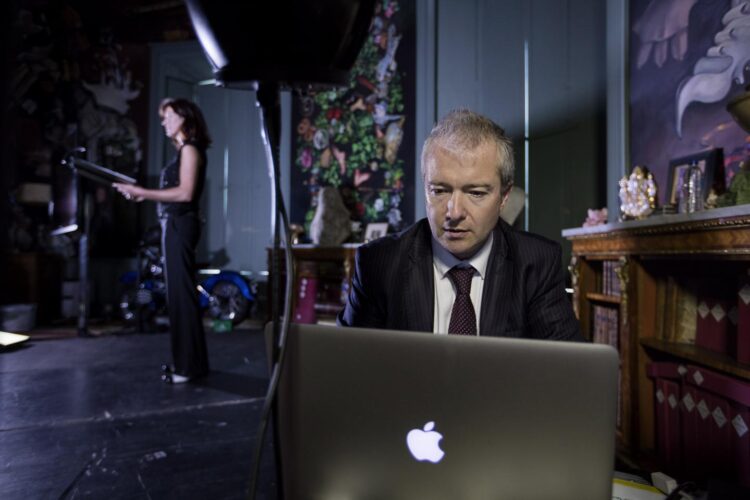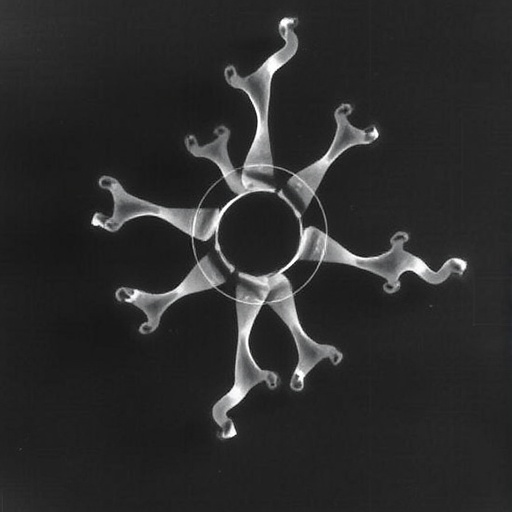
Credit: University of Plymouth
Teleportation is most commonly the stuff of science fiction and, for many, would conjure up the immortal phrase “Beam me up Scotty”.
However, a new study has described how its status in science fact could actually be employed as another, and perhaps unlikely, form of entertainment – live music.
Dr Alexis Kirke, Senior Research Fellow in the Interdisciplinary Centre for Computer Music Research at the University of Plymouth (UK), has for the first time shown that a human musician can communicate directly with a quantum computer via teleportation.
The result is a high-tech jamming session, through which a blend of live human and computer-generated sounds come together to create a unique performance piece.
Speaking about the study, published in the current issue of the Journal of New Music Research, Dr Kirke said: “The world is racing to build the first practical and powerful quantum computers, and whoever succeeds first will have a scientific and military advantage because of the extreme computing power of these machines. This research shows for the first time that this much-vaunted advantage can also be helpful in the world of making and performing music. No other work has shown this previously in the arts, and it demonstrates that quantum power is something everyone can appreciate and enjoy.”
Quantum teleportation is the ability to instantaneously transmit quantum information over vast distances, with scientists having previously used it to send information from Earth to an orbiting satellite over 870 miles away.
In the current study, Dr Kirke describes how he used a system called MIq (Multi-Agent Interactive qgMuse), in which an IBM quantum computer executes a methodology called Grover’s Algorithm.
Discovered by Lov Grover at Bell Labs in 1996, it was the second main quantum algorithm (after Shor’s algorithm) and gave a huge advantage over traditional computing.
In this instance, it allows the dynamic solving of musical logical rules which, for example, could prevent dissonance or keep to ¾ instead of common time.
It is significantly faster than any classical computer algorithm, and Dr Kirke said that speed was essential because there is actually no way to transmit quantum information other than through teleportation.
The result was that when played the theme from Game of Thrones on the piano, the computer – a 14-qubit machine housed at IBM in Melbourne – rapidly generated accompanying music that was transmitted back in response.
Dr Kirke, who in 2016 staged the first ever duet between a live singer and a quantum supercomputer, said: “At the moment there are limits to how complex a real-time computer jamming system can be. The number of musical rules that a human improviser knows intuitively would simply take a computer too long to solve to real-time music. Shortcuts have been invented to speed up this process in rule-based AI music, but using the quantum computer speed-up has not be tried before. So while teleportation cannot move information faster than the speed of light, if remote collaborators want to connect up their quantum computers – which they are using to increase the speed of their musical AIs – it is 100% necessary. Quantum information simply cannot be transmitted using normal digital transmission systems.”
###
Media Contact
Alan Williams
[email protected]
Related Journal Article
http://dx.





